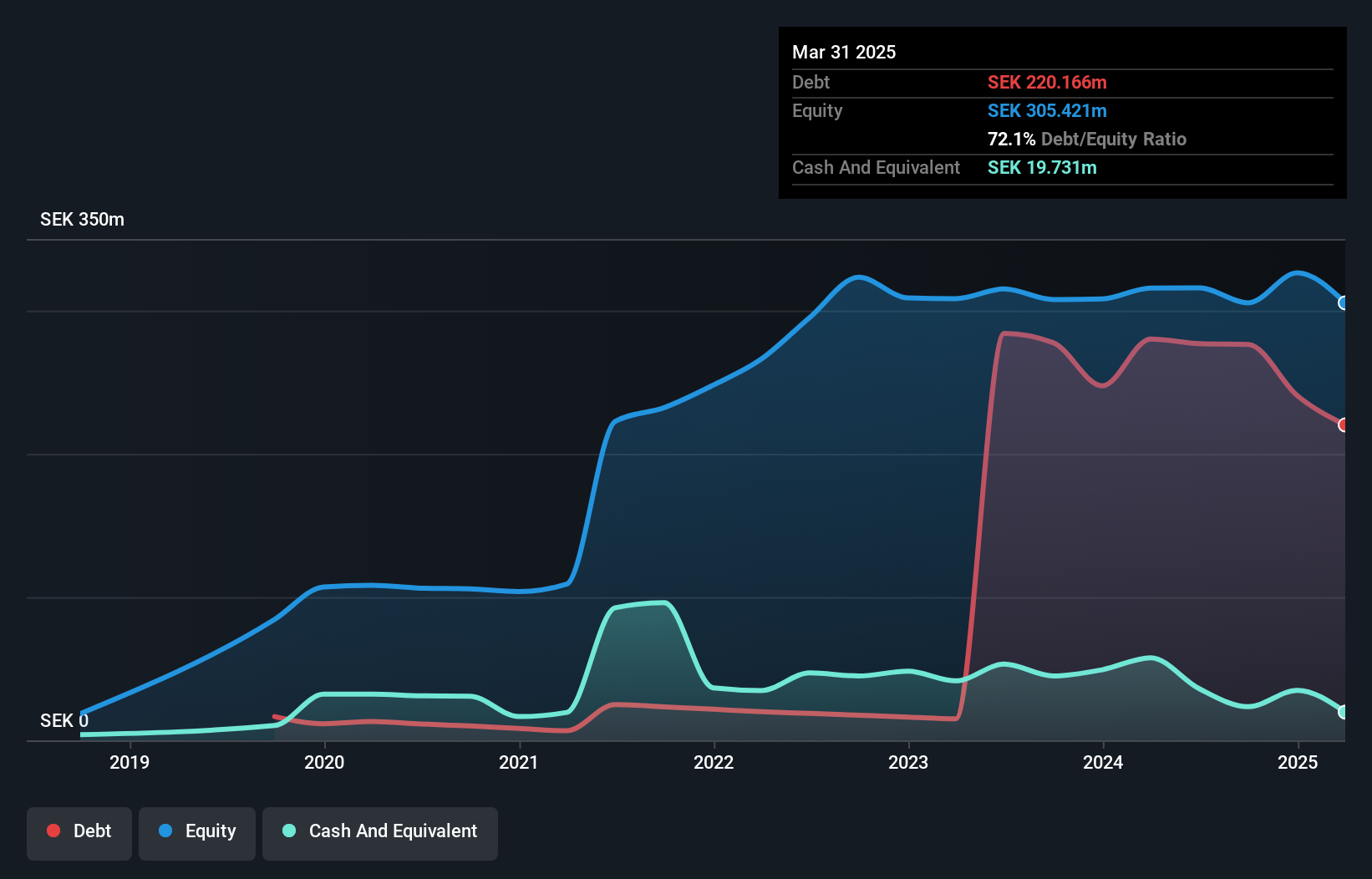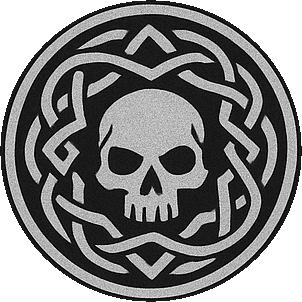- Sweden
- /
- Interactive Media and Services
- /
- OM:MOBA
Does M.O.B.A. Network (STO:MOBA) Have A Healthy Balance Sheet?
Howard Marks put it nicely when he said that, rather than worrying about share price volatility, 'The possibility of permanent loss is the risk I worry about... and every practical investor I know worries about.' So it might be obvious that you need to consider debt, when you think about how risky any given stock is, because too much debt can sink a company. As with many other companies M.O.B.A. Network AB (STO:MOBA) makes use of debt. But is this debt a concern to shareholders?
Why Does Debt Bring Risk?
Debt is a tool to help businesses grow, but if a business is incapable of paying off its lenders, then it exists at their mercy. If things get really bad, the lenders can take control of the business. However, a more frequent (but still costly) occurrence is where a company must issue shares at bargain-basement prices, permanently diluting shareholders, just to shore up its balance sheet. Of course, plenty of companies use debt to fund growth, without any negative consequences. The first step when considering a company's debt levels is to consider its cash and debt together.
What Is M.O.B.A. Network's Net Debt?
As you can see below, M.O.B.A. Network had kr220.2m of debt at March 2025, down from kr280.2m a year prior. However, it also had kr19.7m in cash, and so its net debt is kr200.4m.

How Healthy Is M.O.B.A. Network's Balance Sheet?
We can see from the most recent balance sheet that M.O.B.A. Network had liabilities of kr45.3m falling due within a year, and liabilities of kr297.2m due beyond that. Offsetting these obligations, it had cash of kr19.7m as well as receivables valued at kr32.3m due within 12 months. So it has liabilities totalling kr290.5m more than its cash and near-term receivables, combined.
This deficit casts a shadow over the kr136.1m company, like a colossus towering over mere mortals. So we definitely think shareholders need to watch this one closely. After all, M.O.B.A. Network would likely require a major re-capitalisation if it had to pay its creditors today.
See our latest analysis for M.O.B.A. Network
We use two main ratios to inform us about debt levels relative to earnings. The first is net debt divided by earnings before interest, tax, depreciation, and amortization (EBITDA), while the second is how many times its earnings before interest and tax (EBIT) covers its interest expense (or its interest cover, for short). Thus we consider debt relative to earnings both with and without depreciation and amortization expenses.
While we wouldn't worry about M.O.B.A. Network's net debt to EBITDA ratio of 4.4, we think its super-low interest cover of 0.90 times is a sign of high leverage. So shareholders should probably be aware that interest expenses appear to have really impacted the business lately. The silver lining is that M.O.B.A. Network grew its EBIT by 259% last year, which nourishing like the idealism of youth. If that earnings trend continues it will make its debt load much more manageable in the future. There's no doubt that we learn most about debt from the balance sheet. But it is M.O.B.A. Network's earnings that will influence how the balance sheet holds up in the future. So when considering debt, it's definitely worth looking at the earnings trend. Click here for an interactive snapshot.
Finally, while the tax-man may adore accounting profits, lenders only accept cold hard cash. So we clearly need to look at whether that EBIT is leading to corresponding free cash flow. In the last three years, M.O.B.A. Network's free cash flow amounted to 35% of its EBIT, less than we'd expect. That weak cash conversion makes it more difficult to handle indebtedness.
Our View
On the face of it, M.O.B.A. Network's interest cover left us tentative about the stock, and its level of total liabilities was no more enticing than the one empty restaurant on the busiest night of the year. But at least it's pretty decent at growing its EBIT; that's encouraging. Looking at the bigger picture, it seems clear to us that M.O.B.A. Network's use of debt is creating risks for the company. If everything goes well that may pay off but the downside of this debt is a greater risk of permanent losses. The balance sheet is clearly the area to focus on when you are analysing debt. But ultimately, every company can contain risks that exist outside of the balance sheet. These risks can be hard to spot. Every company has them, and we've spotted 3 warning signs for M.O.B.A. Network (of which 2 are a bit unpleasant!) you should know about.
If you're interested in investing in businesses that can grow profits without the burden of debt, then check out this free list of growing businesses that have net cash on the balance sheet.
New: Manage All Your Stock Portfolios in One Place
We've created the ultimate portfolio companion for stock investors, and it's free.
• Connect an unlimited number of Portfolios and see your total in one currency
• Be alerted to new Warning Signs or Risks via email or mobile
• Track the Fair Value of your stocks
Have feedback on this article? Concerned about the content? Get in touch with us directly. Alternatively, email editorial-team (at) simplywallst.com.
This article by Simply Wall St is general in nature. We provide commentary based on historical data and analyst forecasts only using an unbiased methodology and our articles are not intended to be financial advice. It does not constitute a recommendation to buy or sell any stock, and does not take account of your objectives, or your financial situation. We aim to bring you long-term focused analysis driven by fundamental data. Note that our analysis may not factor in the latest price-sensitive company announcements or qualitative material. Simply Wall St has no position in any stocks mentioned.
About OM:MOBA
Good value with low risk.
Market Insights
Community Narratives



